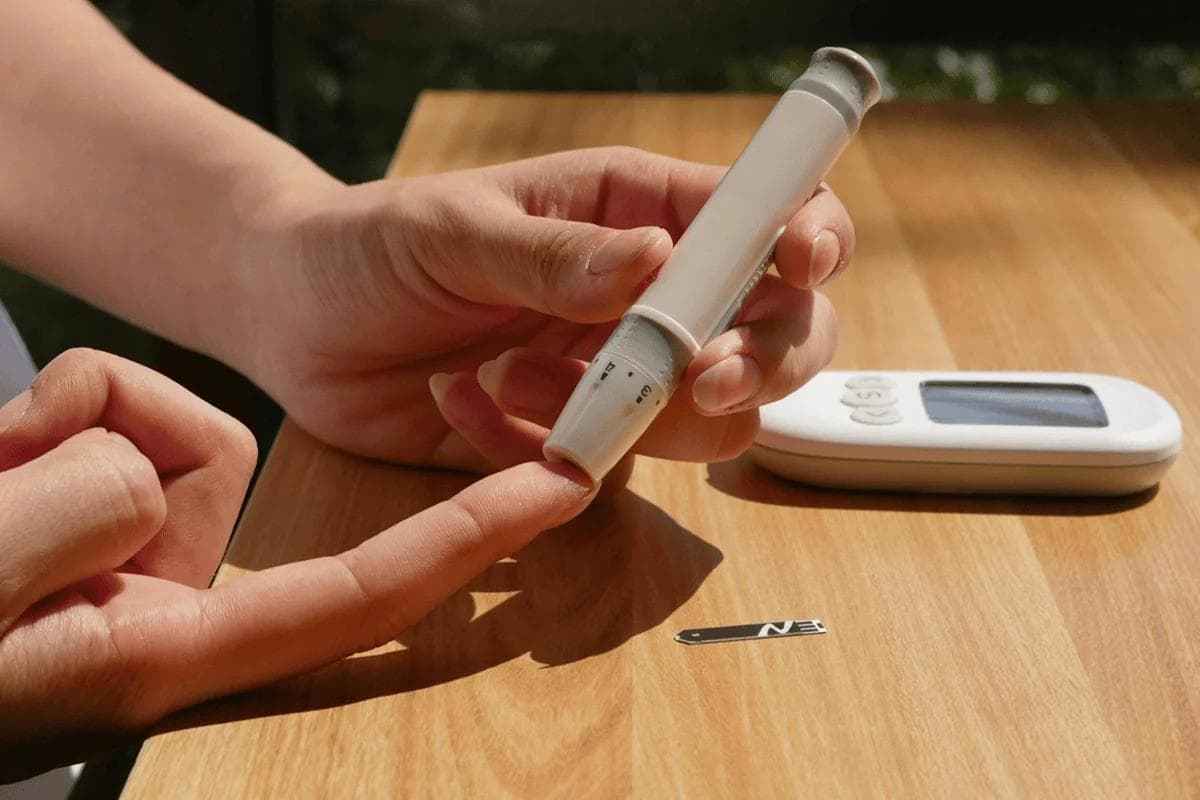
Remote Patient Monitoring for Diabetes: Devices, Benefits & Implementation

Author
Digital health marketing professional with over 10 years of experience bridging clinical and wellness spaces by leveraging innovative technologies, behavioral change programs, and strategic digital marketing.
Many healthcare organizations using remote patient monitoring for diabetes and other chronic conditions are now reporting significant improvements in patient outcomes. For instance, a long-term study by the University of Michigan revealed that hospitalizations dropped by 59% among the patients who participated in their remote patient monitoring (RPM) program. What's more, with a $12M ROI, the program effectively paid for itself. At KangarooHealth, we’ve also witnessed significant transformations in the healthcare facilities using our remote patient care services. See how our comprehensive remote patient monitoring solutions can help transform your practice.
What Is Remote Patient Monitoring (RPM)?
When helping a patient manage a chronic condition like diabetes, you need continuous insights into vital signals such as blood glucose levels, blood pressure, weight, medication adherence, and various lifestyle factors.
Without the capacity to track such data remotely, your patient may have to deal with frequent hospital visits. Such an arrangement can be costly for seniors, causing physiological, psychological, and financial stress.
Remote patient care solves this problem by providing technology to help you monitor your patients’ health remotely.
RPM is proving to be a must-have for several reasons, including:
- Aging populations require regular oversight, but they struggle with sustained hospital visits.
- Chronic conditions like diabetes require continuous monitoring, and you need a non-intrusive way to collect your patients’ health data.
- Healthcare costs are rising, and you can free up hospital resources by reducing in-person visits.
- Rural and underserved populations also require quality healthcare, but ease of access remains a challenge.
- Patients want to own their healthcare journey. RPM provides the tools to make this possible.
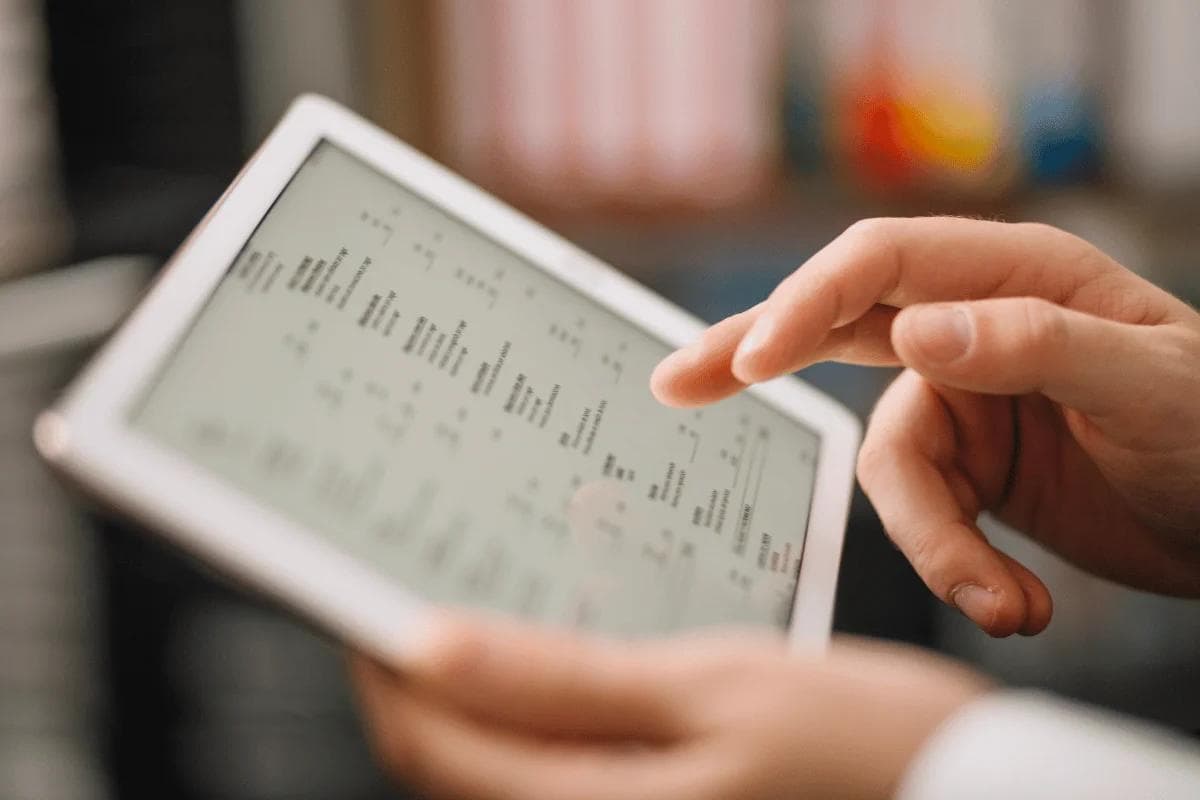
Benefits of RPM for Diabetes Patients and Providers
RPM is a powerful tool for diabetes management, for both providers and patients.
Let's explore some benefits you can expect from deploying RPM for diabetes care:
Significant Reductions in Hospitalizations
Like the University of Michigan study that recorded a 59% reduction in hospitalizations (49% excluding COVID-19 cases) for various chronic conditions, many healthcare providers using RPM for diabetes care are seeing significant reductions in hospitalizations and ER visits.
Veterans Health Association (VHA), for example, did a study evaluating the effectiveness of RPM in managing diabetes and recorded a 50% reduction in hospitalizations and an 11% drop in ER visits. The number of average bed days also dropped by three days.
Cost Reductions for Both Patients and Providers
Most RPM programs can pay for themselves. The University of Michigan study saw a $12M return on investment (ROI), which more than covered the program's costs.
In a different study monitoring patients with Type 2 diabetes, which was done from the payor perspective, the telemonitoring group saw a 21% cost decrease over one and two years of follow-up.
Significantly Enhances Patient Engagement and Satisfaction
Patients want to shape their health management journey themselves. The tools provided by RPM allow patients to be active participants in their own healthcare, affording them a sense of control and creating significant personal satisfaction.
When patients are more engaged, adherence to medication protocols and desirable lifestyle choices improves markedly.
A study of Texas Medicaid patients with diabetes analyzed the adherence of patients to the daily self-monitoring blood glucose (SMBG)-based RPM protocols, and saw some interesting results. The group had two study cohorts: adherent (186 patients) and nonadherent (196 patients).
The mean transmission rates improved after the adherence call as follows:
- Adherent cohort: 82.8% to 91.1%
- Nonadherent cohort: 45.9% to 60.2%
Notably, both cohorts also reported significant improvements in vital stats such as mean blood glucose levels and variability of blood glucose levels over the study period.
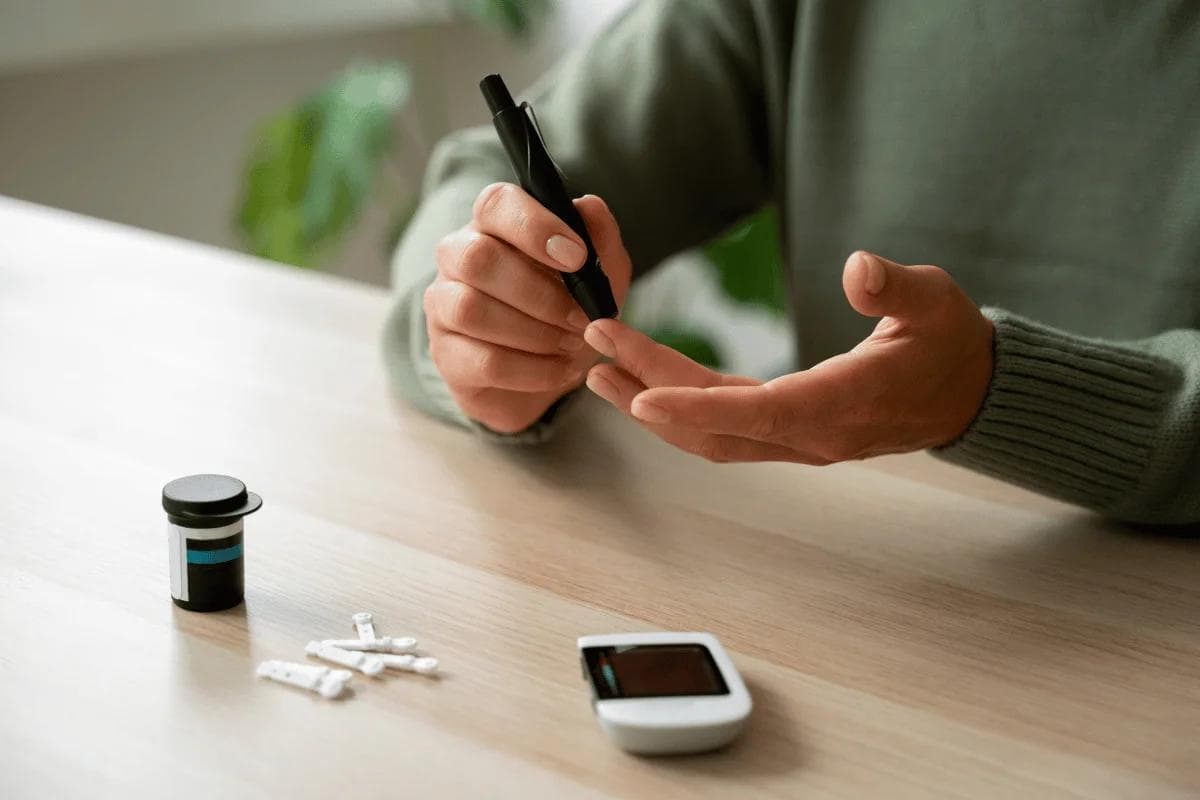
Types of Devices Used in RPM for Diabetes
Remote patient management for diabetes requires gathering patient health data and reliably transmitting it to healthcare providers.
The process typically employs one or more of the following tools:
- Blood glucose monitors (glucometers)
- Continuous glucose monitors (CGMs)
- Wearable devices like smartwatches
- Apps and cloud platforms
- Blood pressure monitors
- Smart weight scales
- Smart insulin pens
Device selection is an essential step in RPM implementation. You don't want to use too many devices and apps, as it can overwhelm the patient and derail the program.
At KangarooHealth, we primarily employ one cellular glucometer and integrate with a third-party continuous glucose monitor, Dexcom. Our platform can also integrate seamlessly with over 100 different wearable devices, allowing your patients to use tools they're already familiar with.
The strength of our approach is that we can tailor device selection to meet the unique healthcare needs of every patient, leading to superior outcomes.

How RPM Is Implemented for Diabetes Care
You want to tailor remote patient management for diabetes to meet your patients' unique needs. Therefore, when done correctly, no two implementations of RPM will be the same.
That said, a successful implementation will generally involve the following steps:
- Define the goals and objectives: What is the RPM program aiming to achieve? Do you want to reduce HbA1c levels? Do you want to improve adherence? How about ER visits, patient satisfaction, and clinic workflows?
- Define the target patient population: Are you targeting a specific group of diabetes patients? (E.g., with co-morbidities, high HbA1c levels, frequent hypo/hyperglycemic events, rural patients, or new diagnoses).
- Select the right RPM devices: You can now select an ideal device mix based on your goals and target patient population. For example, for diabetes management, a cellular glucometer layered with third-party services on a case-by-case basis, as KangarooHealth does, will work well.
- Enroll and onboard patients: Distribute and set up the RPM devices. You must also educate the patients on the RPM program, including its goals and benefits, and how to use the devices/apps effectively.
- Start data collection and transmission: The program should support automated data flow. Manual entries are okay for data like food intake.
The data collected and transmitted will give valuable real-time insights into your diabetes patients’ conditions. Your care team should regularly review the data to spot high-risk patients.
Also, you must pay attention to alerts and notifications for missed readings or out-of-range readings, e.g., very low/high blood glucose levels.
Based on the data, you can provide proactive interventions to improve outcomes. Such interventions could include additional patient education/coaching, medication adjustments, assisting patients with device problems, and recommending escalation if critical issues persist.
We understand that as healthcare providers, your primary goal is effective patient care.
That’s why KangarooHealth is here to make the transition to RPM as seamless as possible by handling much of the tech and operational complexity for you.
Our team will handle the complex logistics of device selection, procurement, and distribution, and provide adequate patient education to ensure the program is set up for success.
Also, our platform is designed to prevent provider overwhelm by managing alerts with tailored escalation protocols.
Contact our team today, and we'll walk you through our remote care solutions.
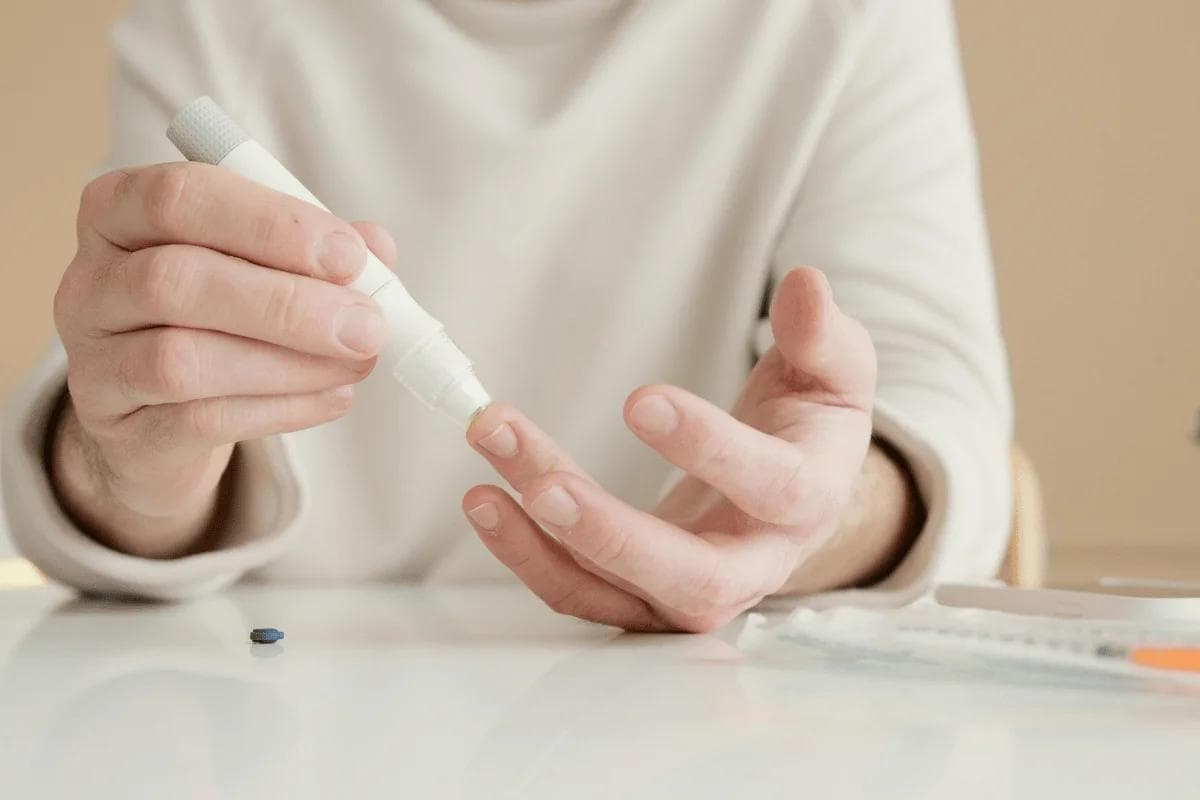
Common Challenges in RPM Implementation
Even with proper planning, an RPM implementation may not always sail smoothly.
You may face the following challenges:
- Older patients struggle with tech adoption: RPM relies on technology for data collection, transmission, and reporting. Many older patients may struggle with setting up these devices. You should provide the support and education necessary to overcome this challenge.
- Inspiring motivation for follow-through: The patients must be committed to the program to follow through with it. You must explain the “why” behind the intervention to address motivational issues.
- Rural connectivity: Reliable internet access or compatible devices may be unavailable in some target rural areas. KangarooHealth uses cellular-powered devices that work even without patient-provided internet, making them ideal for providing rural healthcare.
- Workflow integration problems: Integrating RPM can be challenging when you have established clinical workflows. You can redefine data workflow structures and create new staff roles to facilitate the transition.
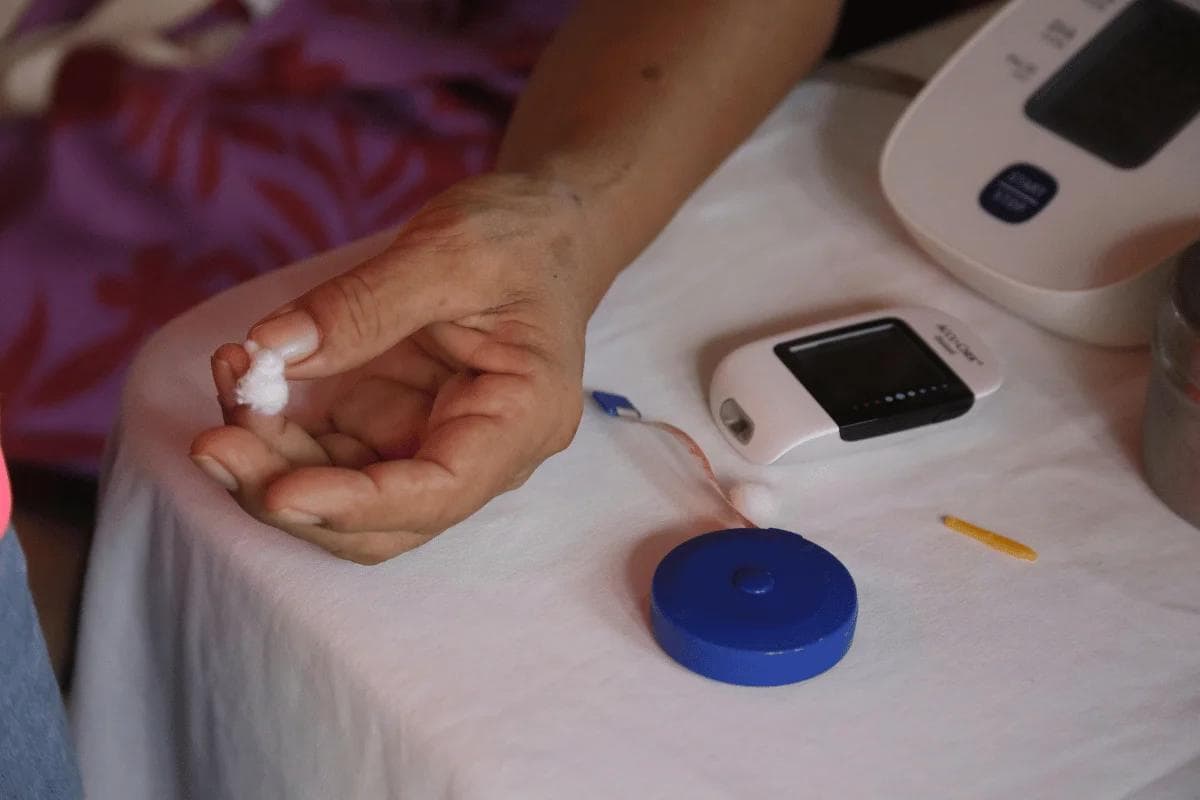
The Future of RPM in Diabetes Care
Remote patient management for diabetes is a fast-evolving field. As technology advances, we anticipate that remote care will become even more holistic and personalized.
Some of the trends you can expect going into the future include:
- Improved multi-parameter tracking: Tracking is progressively including more than glucose levels, and connected devices are now commonplace. We'll likely see implantable sensors in the future to allow for the tracking of more biomarkers.
- Will AI play a central role? Yes, given the advanced predictive analytics that AI will likely provide in the future. It will play a critical role in reducing complications and ER visits by predicting serious complications before they occur.
- Personalized medicine: You can expect technology to provide even more detailed metabolomic and genomic insights in the future. It will usher in a world of more tailored interventions that cater to each patient's physiology.
Also, the regulatory and reimbursement landscape will likely evolve as remote patient care matures. Coverage is already expanding, and we expect clearer regulatory guidelines in the future as focus shifts to value-based care.
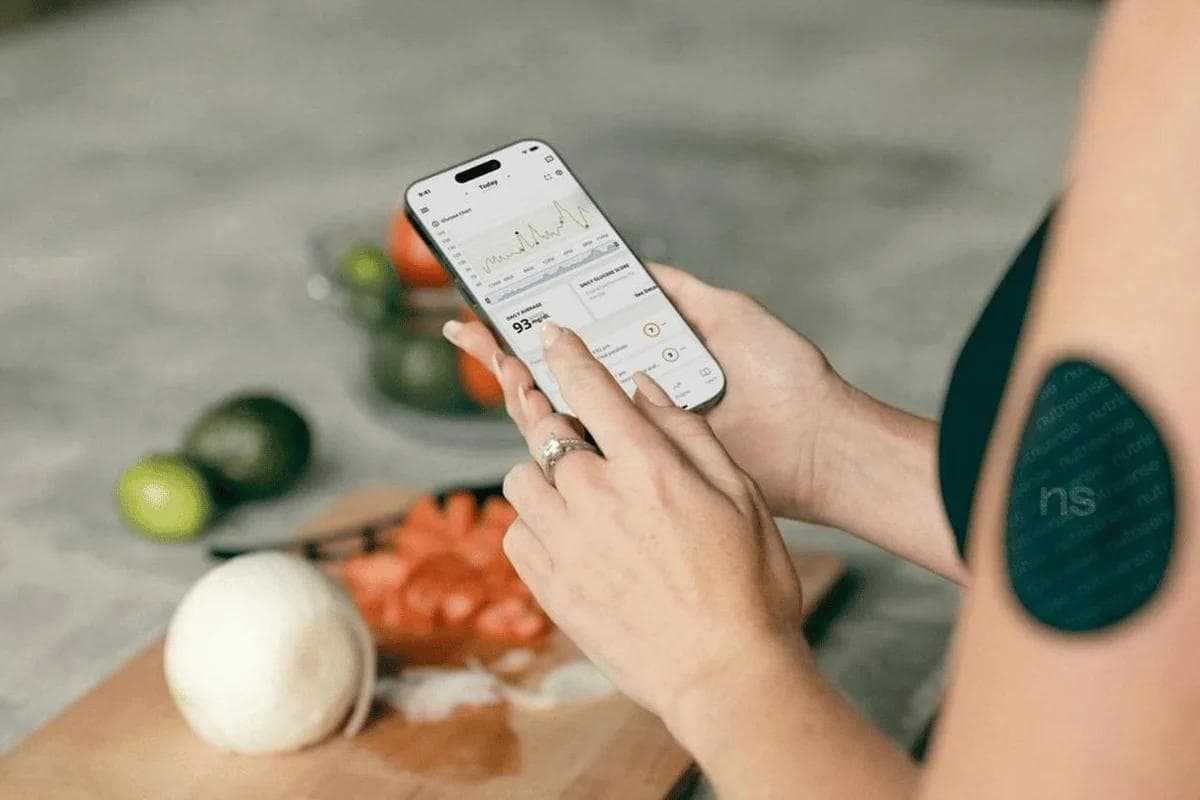
Frequently Asked Questions (FAQs)
Looking for more information about RPM for diabetes care? Let's answer some of the common questions we get about the topic:
What Is the Average Cost of Remote Patient Monitoring for Diabetes?
Costs for RPM for diabetes care vary widely, depending on the RPM platform provider, healthcare facility, and care goals. Yearly costs per patient range from a few hundred dollars to thousands.
You can reduce the costs by eliminating the large upfront costs associated with software development by plugging into an existing system like KangarooHealth. Also, we'll provide the billing support you need to ensure seamless reimbursements.
When working with KangarooHealth, many of your patients will have $0 out-of-pocket expenses. However, some patients could bear some costs, depending on insurance plans (e.g., co-pays). In such a scenario, we'll give the patient an estimate of their co-pay before enrollment.
Can RPM Be Used for Type 1 and Type 2 Diabetes Equally?
Yes. Both type 1 and type 2 diabetes patients will benefit significantly from remote patient management.
Nonetheless, due to the different management strategies required for each condition, you must tailor the program to each patient group.
How Often Should RPM Data Be Reviewed by Doctors?
One of the goals of RPM is to enhance personalized care. Therefore, how often your team reviews data should depend on the patient's needs. That said, daily monitoring is ideal.
Our platform is designed to monitor patients’ health data in real-time to detect any warning signs. We'll generate tiered alerts so you can quickly escalate cases that need immediate attention.
Is RPM Covered by Private Insurance Providers?
Yes, there's growing coverage of RPM among private insurance providers.
Notable private insurers providing coverage include:
- Many plans under Blue Cross Blue Shield (e.g., BlueCross BlueShield, Blue Cross NC, CareFirst, etc.)
- United Healthcare
- Bankers Fidelity
- Manhattan Life
- Cigna
- Aetna
And more.
What Training Do Patients Need to Use RPM Devices?
You must provide adequate training to your patients when implementing an RPM program. The following aspects are essential:
- How and when to contact the care team.
- The “why” behind the intervention and its benefits.
- What the collected data means (interpretation, trends, what to do if the reading is out of range).
- Device training (operation, taking readings, data transmission, device care, troubleshooting issues).
You should also set and manage expectations from the outset. Explain what realistic outcomes look like and commit to a level of ongoing support consistent with the capacity of your care team.
Conclusion
Diabetes is a condition that requires consistent patient monitoring to achieve good health outcomes.
With RPM for diabetes care, you can now use technology to extend your reach beyond the clinic walls and engage your patients in real-time. Moreover, with KangarooHealth, you can roll out an RPM program without the initial financial or staff burden.
Be part of 13,500+ lives already improved through our clinical monitoring services. Schedule a free consultation today, and we'll show you how we can create a comprehensive turn-key RPM program that frees up your team to focus on clinical care.

Sesily Maness
AuthorDigital health marketing professional with over 10 years of experience bridging clinical and wellness spaces by leveraging innovative technologies, behavioral change programs, and strategic digital marketing.
Other articles you might find interesting
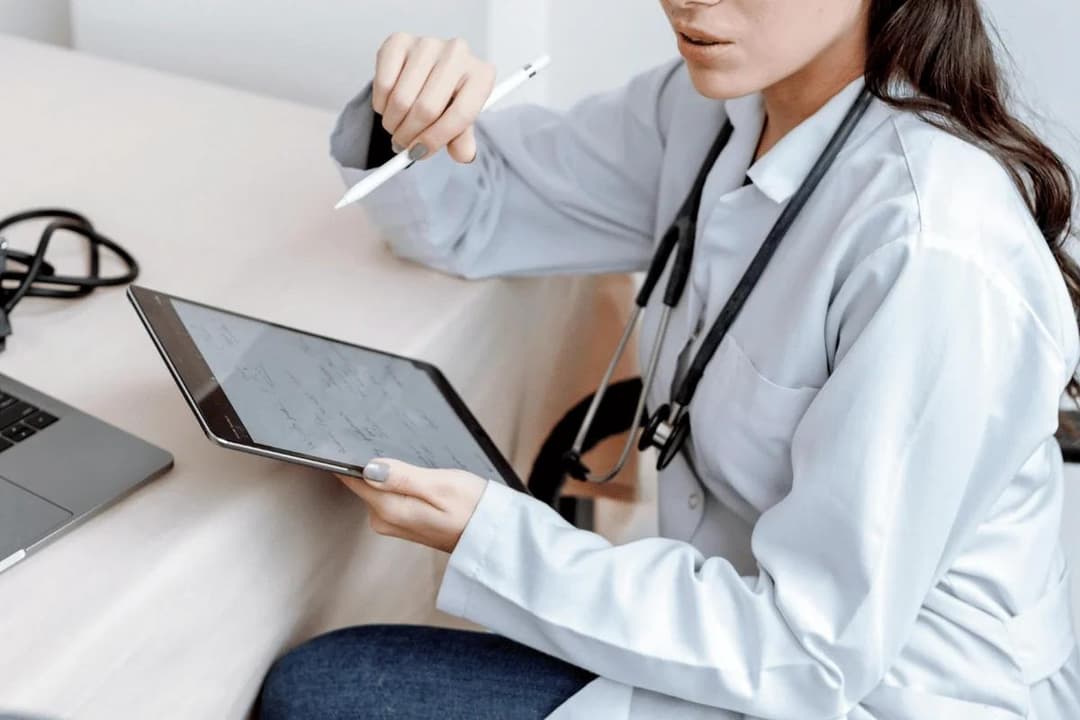
Chronic disease management goes beyond treatment—it’s about prevention, monitoring, and partnership between patients and physicians. Learn how primary care and technology together are reshaping long-term healthcare outcomes.
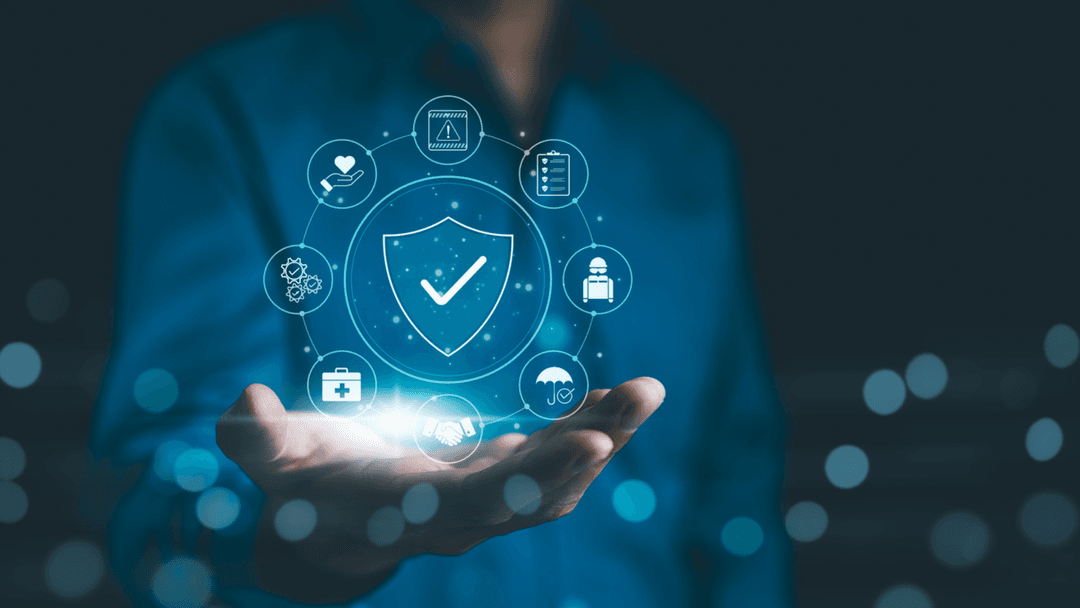
Remote Patient Monitoring (RPM) brings care into patients’ homes, giving providers continuous insight into health, strengthening connections, and enabling early interventions before small issues become serious. With growing adoption and Medicare reimbursements topping $500 million in 2024, oversight and compliance are more important than ever. Strong RPM programs, like those supported by KangarooHealth, combine clinical integration, clear documentation, and patient engagement while avoiding common pitfalls such as enrolling patients without an established relationship, overusing devices, or treating monitoring as passive. When thoughtfully implemented and paired with programs like Chronic Care Management (CCM), RPM delivers meaningful outcomes for patients with chronic conditions and supports rural and underserved communities while ensuring programs remain compliant and patient-centered.

Chronic Care Management goes beyond traditional treatment, ensuring continuous, personalized support for patients. Discover its benefits, long-term impact, and evolving role in healthcare.